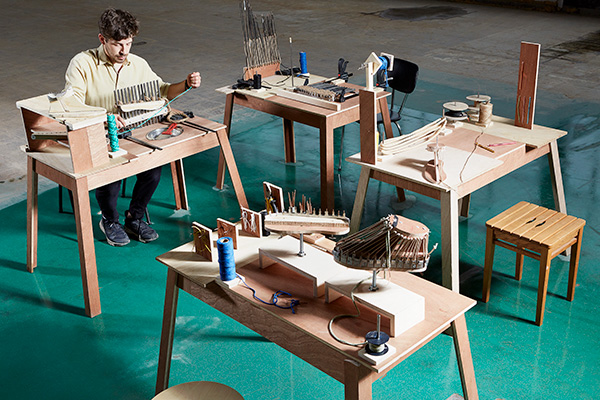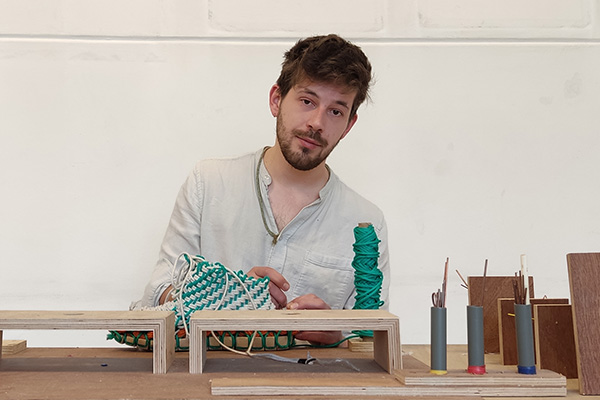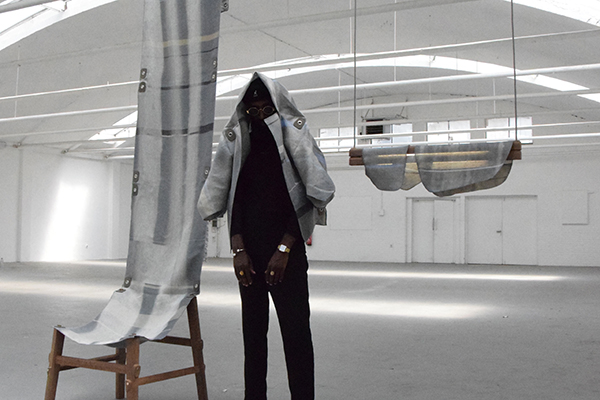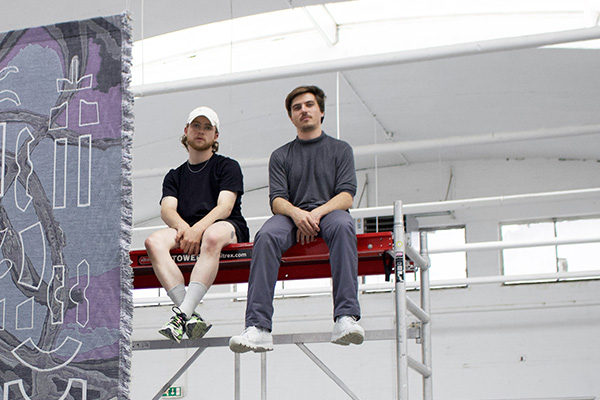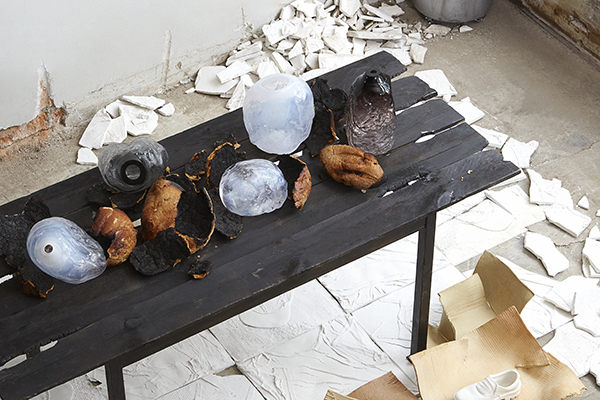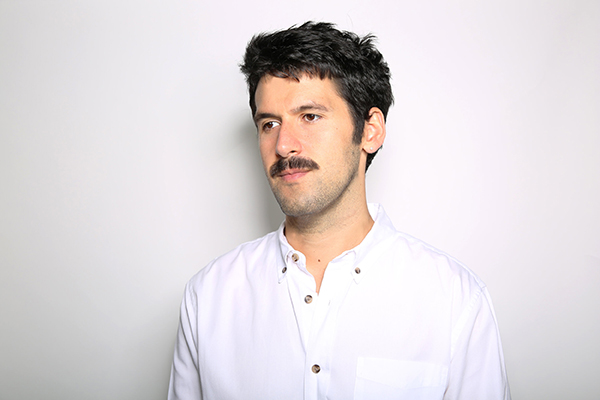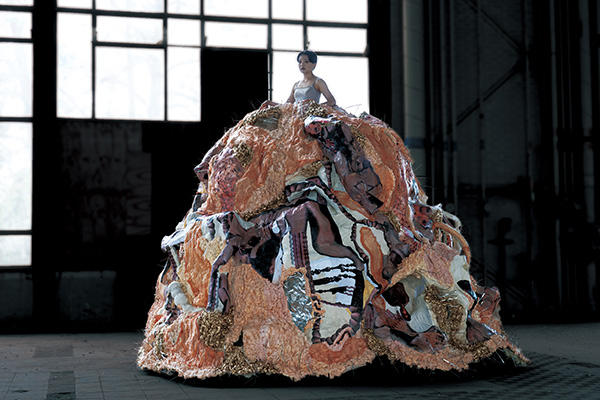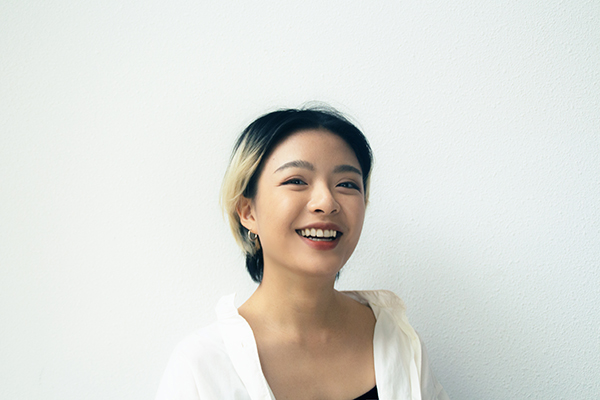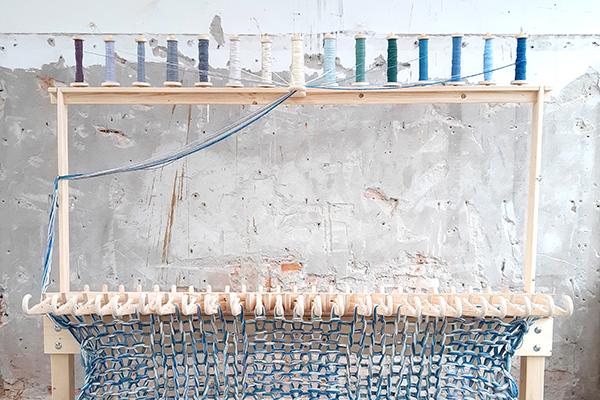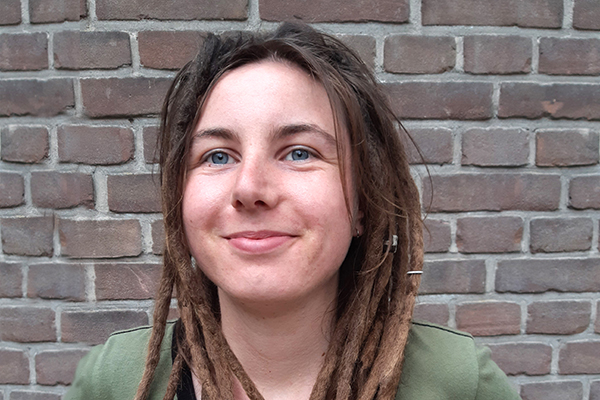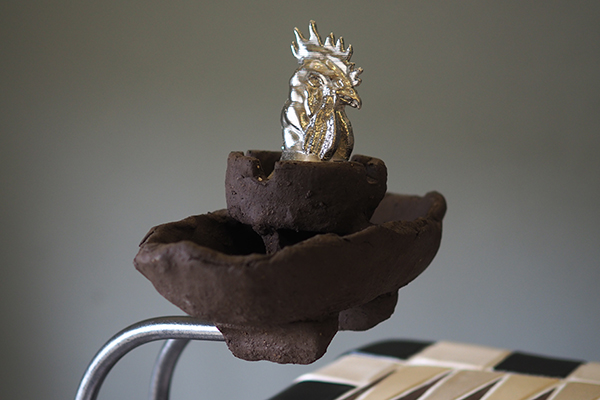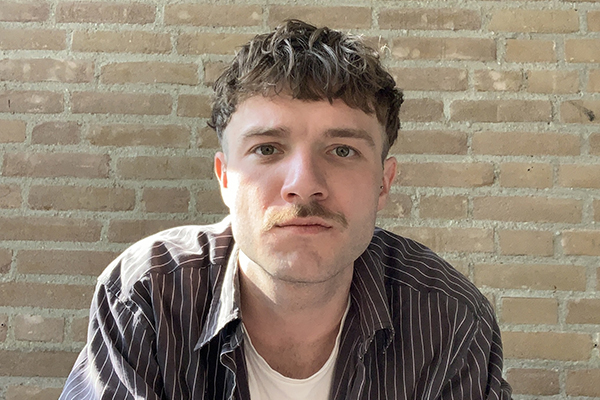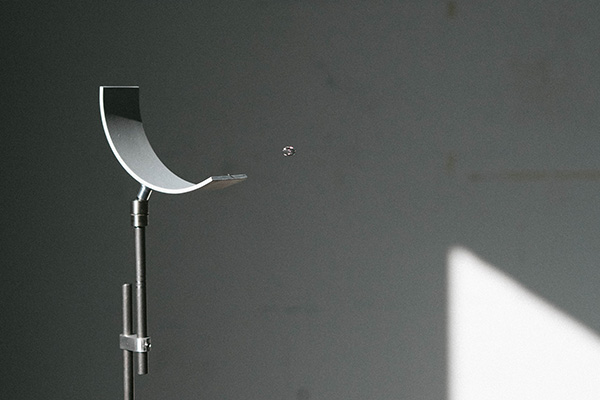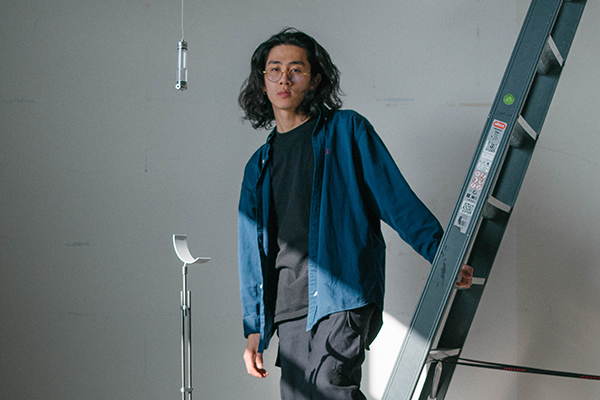KAZERNE DESIGN AWARD 2022
Tomorrow is shaped by the students of today.
The Kazerne Design Award is a prize meant to encourage recently graduated students from Design Academy Eindhoven. The jury will grant a lucky winner with eternal fame, pretty good exposure, and 5000 euro. Sponsored by Stichting Loyola.
The winner will be announced on Thursday 12 May. Watch the livestream of the award show here from 20:00h.
Jury
Kiki van Eijk is one of the most accomplished names of Dutch Design. Her world is whimsical and colorful, lyrical and personal, yet refined by skillful craftsmanship.
In her design studio, Anne Ligtenberg explicitly chooses to work with subjects that contribute to our personal and/or social well-being. She is able to successfully translate and visualise complex issues into accessible designs.
Annemoon Geurts is the founder and creative director of the renowned design hub Kazerne where she, together with guest curators like Joseph Grima, Lidewij Edelkoort and Ilse Crawford, shows the meaning of design for the world of tomorrow.
Winner
Ruben Warnshuis – Industrial Devolution: the workshop
Out of curiosity about the growing distance between producer and consumer, Ruben Warnshuis decentralized shoe production to a workshop where anyone can make them. The graduation project ‘Industrial Devolution’ consists of four wooden workstations that invite people to weave their own soles, thread top yarn through these soles, weave the upper parts and finish the footwear. By de-evolving production into a less complex low-tech process, he aims to increase our skills, material knowledge and relationship to everyday utensils, and with it our self-reliance.
nominees
Adaptism – Eliott Vallin & Paul Youenn – Flax Linen
Linen folds. Linen wrinkles. Linen is not color stable. These properties are often seen as negative. From their research into the cultural and industrial history of flax, Adaptism designed three objects that actually make use of them. The folds of the shirt jacket give the feeling of a blanket. The chair becomes part of the architecture. The imperfections of the textile around the lamp make the light more diffuse, and play with the intensity of the light.
Bruno Baietto – Follow The Crumbs That Fall From Your Own
Design materializes ideology and moves fashionably with the times. In his graduation project, ‘Follow The Crumbs That Fall From Your Own’, Bruno Baietto explores design as a critical tool to reflect on societal values. He interweaves the symbolism of bread – labor, class, politics and religion – with his family history in designs of porcelain, glass blown into bread and tiles made from discarded work clothes. An animatronic trash can comments on the splendor of the project and the contradictions of the design world itself.
Hsin Min Chan – To-be-looked-at-ness
In everyday life, people, especially women, are constantly observed. In her graduation project ‘To-be-looked-at-ness’, Hsin Min Chan shares her own experiences in a quarantine ward during the first corona wave, where she was being monitored by a surveillance camera 24 hours a day. This dehumanizing experience made her aware of similar situations, but also that imaging can be manipulated. This resulted in a sculptural dress. A suit of armor that makes the woman untouchable and autonomous, no longer being the property of others or being controlled by the male gaze.
Eva Jagerman – Naar Eigen Hand
Modern knitting machines are smart and efficient, but lack the personal touch of traditional handiwork. In her graduation work ‘Naar eigen hand’ (to your own hand) Eva Jagerman transforms the efficiency of this fully automatized machine into a social booster. It requires teamwork to push the handles back and forth and guide the joined threads of fifteen wooden bobbins into the hooks. The installation celebrates the value of honest craftsmanship and encourages a hands-on session of co-creation.
Leo Maher – Glimpses into Unfamiliar Passions
The societal acceptance of homosexuality has been linked to a specific cultural context for centuries. In his graduate work, Leo Maher examines its legacy – its identifiers, legends, euphemisms, deviant behavior and signaling mechanisms – and how ancient cultures and societies are connected to the modern gay scene. ‘Gentlemen of the Backdoor’ is part of the ‘Unfamiliar Passions’ series. The design depicts euphemisms used in 18th century England: ‘Backgammon Player’, ‘Faggot’, ‘Loathsome Ganymede’ and ‘Chicken’. The project aims to give a medium – a voice – to the boundless history of queer legends.
Fé Ramakers – The Unselfish Cabins
Globally we are faced with issues of water management, waste disposal, warming, biodiversity and social cohesion. With her graduation project ‘Unselfish Cabins’, Fé Ramakers explores how architecture can positively affect the city’s ecosystem while creating housing with minimal use of space. The Public Waste Cabin, for example, provides a public toilet and container for organic waste whose contents are converted into energy and compost. The Water Capturing Cabin prevents streets from flooding. Sharing their resources with other homes, like the Greenhouse Cabin, is the next step towards a circular system.
Moon Seop Seo – Passing To The Lake
Standing on the shore of a lake calms his mind. That’s why Moon Seop Seo brought the lake home with him. But once it was poured into a glass placed on the kitchen table, the magic was entirely gone. With his graduation work ‘Passing to the Lake’, he pays homage to living water and its potential in an urban setting. Watch a drop of water fall into a puddle and come back to life. Experience the relaxing rhythm of water in the midst of the hustle and bustle of the city.
Barbora Středová – Tribute to Cleaning
Even though cleaning takes a lot of time and effort, it is something we never really talk about. Barbora Středová’s graduation installation ‘Tribute to Cleaning’ consists of a book and a series of ceramic instruments, which revalue cleaning. The book asks for empathy for the different experiences of cleaning professionals, and explores its value in our society. The series of ceramic objects shows that cleaning can also be joyful. A tribute to all the cleaners who, day in and day out, ensure that an environment is created in which everyone feels good.

